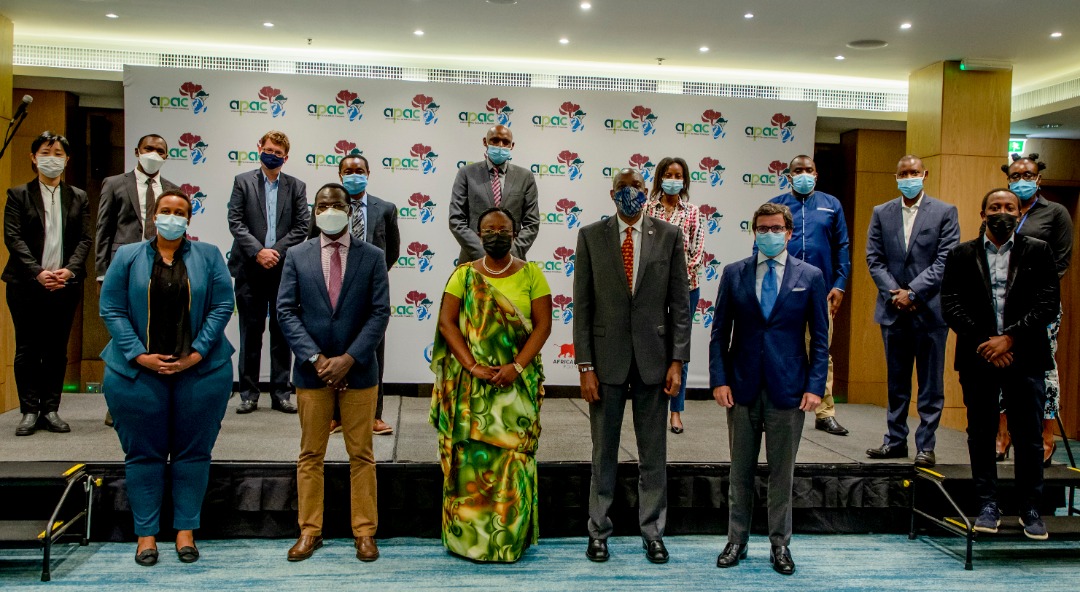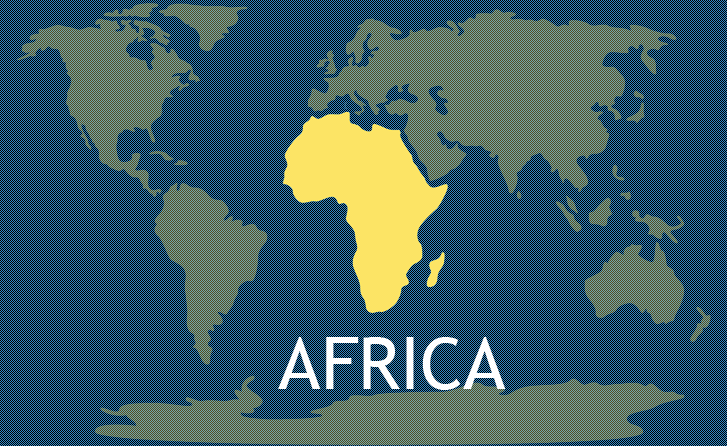
Nigerian Rice Pyramid as seen December, 2021
Has Rice Production Actually Increased in Nigeria? Here are answers
Placing the touted increase in rice production and the actual market price of the staple food in Nigeria does not add up. While the government has displayed stacks of rice on pyramids along the country’s airport road, indicating increase in rice production, a market survey shows that food stuff, including rice, has never been higher in price in the market.
This makes it difficult to understand, the metathetical relationship between increase in production and scarcity of the product.
While the government led by Muhmmad Buhari, hailed ‘an increase’ in local rice production as a key achievement, and says the country is actually exporting the grain, the opposition has challenged this claim, saying production figures have been inflated.
The opposition Peoples Democratic Party (PDP) says it believes the ruling All Progressives Congress party is exaggerating the growth in local rice production.
“If indeed there has been an increase in local rice production, that should be reflected in the marketplace [prices],” PDP spokesman Debo Ologunagba told the BBC.
Meanwhile, the most recent reliable figures for production come from the US Department of Agriculture, which has projected that Nigeria’s rice production will reach five million tonnes in 2022, slightly above the previous year.
The US data show a significant increase in production between 2015 and 2017, which then slowed before another jump in 2020 when production reached a high point of 5.04 million tonnes.
The Nigerian government has data on rice production also showing a big rise between 2015 and 2016. But it does not have any figures for the last few years.
The area under rice cultivation has expanded.
It grew from about 3.1 million hectares (7.7 million acres) in 2015 to 5.9 million hectares in 2018, and then dropped to 5.3 million hectares in 2020 – the latest year for which we have UN Food and Agriculture Organization (FAO) data.
The government has been providing improved seedlings and fertiliser to smallholder farmers, and invested in irrigation schemes.
In 2014, a scheme to help farmers hire machinery was introduced to improve mechanisation, and in some states, regional governments have granted land concessions as an incentive to large commercial farmers.
In November 2015, the Central Bank of Nigeria launched a programme, under which farmers receive loans at favourable rates. Farmers can opt to pay them back with part of their produce.
The recent display of rice pyramids in Abuja to showcase the success of rice production evoked earlier times when Nigeria’s groundnut (peanut) production was a key part of the economy.
So why are rice prices rising?
President Muhammadu Buhari has said improved production “will aid our efforts at reducing the price of rice in Nigeria”.
But the price of rice – which is now one of the country’s staple foods – has been rising.
Government data also show the cost of producing rice in Nigeria has been rising, which would translate into higher prices.
And while the production of rice has nearly doubled in a decade, the demand for rice has also been growing.
“The increase in the quantity of rice [produced] is also being met with increasing demand due to population growth,” says Khadijat Amolegbe, from the University of Ilorin.
Conflict between herders and farmers in the north-west and central parts of Nigeria in recent years has also affected prices, by displacing rice farmers from their farms.
“Previously cultivated lands are not used due to fear of being killed or kidnapped,” she says.
However, it is not clear how many farmers have been affected or how great an area of rice production has been lost because of insecurity.




Recent Comments